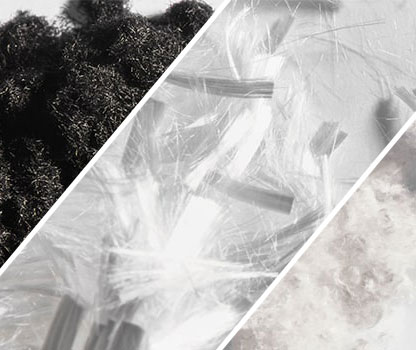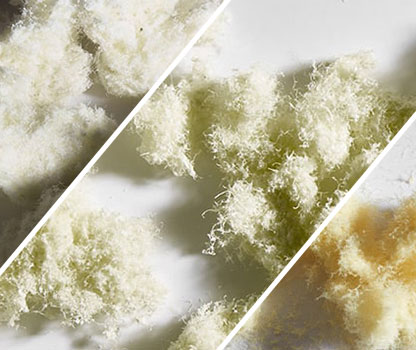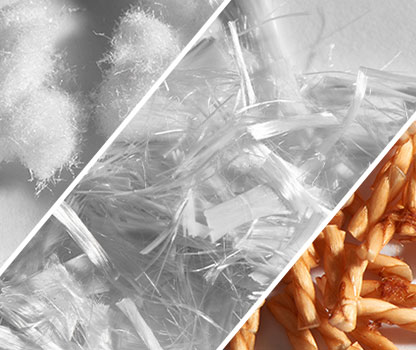

Our standard product range includes everything from natural fibres and mineral fibres to synthetic fibres and high-tech fibres. You have a specific raw material in mind that you cannot find on our website? No problem, we don't shy away from new developments and are always ready to try something new!

Jute fibre
Jute is obtained from the stems of the Corchorus plant and belongs to the family of bast fibres. After cotton, it is the most…

Coconut fibre
Coconut fibre, also known as coir, is obtained from the outer shell of the unripe coconut. The cellulose content of just 44 %…

Hemp fibre
Hemp fibres belong to the bast fibre family and have been successfully cultivated and processed by humans for thousands of…

Sisal fibre
Sisal fibres are made from the leaves of the agave plant and thus belong to the family of leaf fibres. They have a cellulose…

Flax fibre
Linen made from flax fibre was virtually replaced by cotton in the 19th century, but it is regaining importance as an…

Cotton fibre
Its excellent properties and resulting wide distribution make cotton the most important natural textile fibre. Cotton fibres…

Cellulose fibre
Cellulose fibres form the main component of the cell walls in plants, which means that cellulose is the most common natural…

Acrylic fibre
Acrylic fibres, also called PAC or PAN, consist of at least 85 % of the monomer acrylonitrile. The co-monomers methyl…

Aramid Fibre
The word ‘aramid’ is a composite of the words ‘aromatic’ and ‘polyamide’ and is also known by the protected brand names…

Carbon fibre
Carbon fibres have become well known through their use in carbon fibre-reinforced components. Installed in racing or…

Polyamide fibre
Polyamide-based fibres are generally better known by the protected brand names Nylon® and Perlon®. Polyamides are formed…

Polyester fibre
The group of polyester fibres represents the largest proportion of synthetically produced fibres worldwide. Although many…

Polyethylene fibre
Polyethylene (PE for short) belongs to the polyolefin family and, together with polypropylene, is the most widely produced…

Polypropylene fibre
Polypropylene (or PP for short) belongs to the polyolefin family and is the most widely used plastic in Europe in terms of…

Lightweight Fillers
Our lightweight filler ‘Stiff’ consists of hollow microspheres that consist largely of silicon dioxide and aluminium dioxide.…

Polyvinyl alcohol fibre
Polyvinyl alcohol (or PVA for short) is formally the polymer of vinyl alcohol. It is also known under protected brand names…

Basalt fibre
Basalt fibres are produced by melt spinning a mass of molten basalt heated to a temperature of 1400 °C. The diameters of the…

Glass fibre
If long, thin threads are drawn from a glass melt, this produces glass fibres. These technically very flexible fibres are…

Mineral wool fibre
Mineral wool fibres (also known as stone wool fibres) are produced by melt-spinning a mass of molten stone at a temperature…